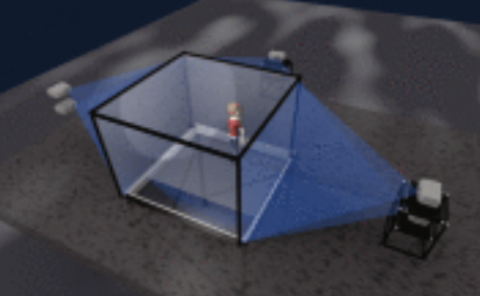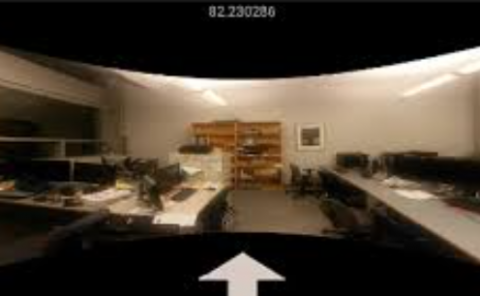Virtual Big Heads in Extended Reality: Estimation of Ideal Head Scales and Perceptual Thresholds for Comfort and Facial Cues
PubDate: January 2023
Teams: University of Central Florida;University of Calgary
Writers: Zubin Choudhary;Austin Erickson;Nahal Norouzi;Kangsoo Kim;Gerd Bruder;Gregory Welch

Abstract
Extended reality (XR) technologies, such as virtual reality (VR) and augmented reality (AR), provide users, their avatars, and embodied agents a shared platform to collaborate in a spatial context. Although traditional face-to-face communication is limited by users’ proximity, meaning that another human’s non-verbal embodied cues become more difficult to perceive the farther one is away from that person, researchers and practitioners have started to look into ways to accentuate or amplify such embodied cues and signals to counteract the effects of distance with XR technologies. In this article, we describe and evaluate the Big Head technique, in which a human’s head in VR/AR is scaled up relative to their distance from the observer as a mechanism for enhancing the visibility of non-verbal facial cues, such as facial expressions or eye gaze. To better understand and explore this technique, we present two complimentary human-subject experiments in this article. In our first experiment, we conducted a VR study with a head-mounted display to understand the impact of increased or decreased head scales on participants’ ability to perceive facial expressions as well as their sense of comfort and feeling of “uncannniness” over distances of up to 10 m. We explored two different scaling methods and compared perceptual thresholds and user preferences. Our second experiment was performed in an outdoor AR environment with an optical see-through head-mounted display. Participants were asked to estimate facial expressions and eye gaze, and identify a virtual human over large distances of 30, 60, and 90 m. In both experiments, our results show significant differences in minimum, maximum, and ideal head scales for different distances and tasks related to perceiving faces, facial expressions, and eye gaze, and we also found that participants were more comfortable with slightly bigger heads at larger distances. We discuss our findings with respect to the technologies used, and we discuss implications and guidelines for practical applications that aim to leverage XR-enhanced facial cues.



